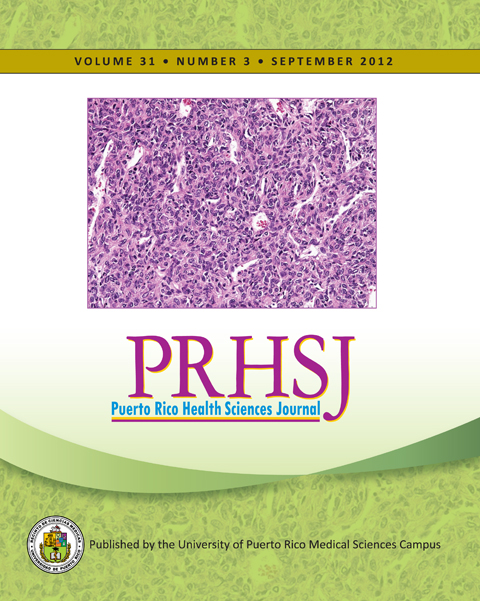Abstract
The purpose of this report is to document the use of bevacizumab as treatment of peripapillary subretinal neovascular membrane associated to idiopathic intracranial hypertension. This case reports a 31-year-old obese female with chronic papilledema due to idiopathic intracranial hypertension that developed an acute submacular hemorrhage due to a choroidal neovascular membrane in her left eye. Two separate intravitreal injections of bevacizumab (1.25 mg/0.5 ml) were administered with six weeks apart. Fourteen weeks after the initial injection her visual acuity improved to 20/40 in her left eye with associated angiographic resolution of the hemorrhage. Bevacizumab appears to be an effective option for patients who have subretinal neovascular membranes due to papilledema. Although choroidal neovascularization may have different pathogenic mechanisms, our case report demonstrates encouraging results without adverse ocular or systemic side effects.
Authors who publish with this journal agree to the following terms:
a. Authors retain copyright and grant the journal right of first publication with the work simultaneously licensed under a Creative Commons Attribution License that allows others to share the work with an acknowledgement of the work's authorship and initial publication in this journal.
b. Authors are able to enter into separate, additional contractual arrangements for the non-exclusive distribution of the journal's published version of the work (e.g., post it to an institutional repository or publish it in a book), with an acknowledgement of its initial publication in this journal.
c. Authors are permitted and encouraged to post their work online (e.g., in institutional repositories or on their website) prior to and during the submission process, as it can lead to productive exchanges, as well as earlier and greater citation of published work (See The Effect of Open Access).
